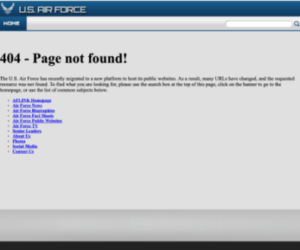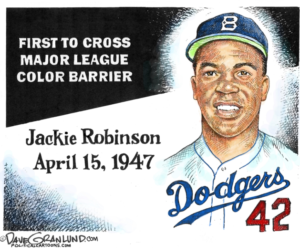I skip ads when I watch television. I don’t think of this behavior as “stealing” because I’ve paid to have those television signals beamed into my home*. I do, sometimes, worry about missing out on shared experiences that help bind people together.
Let me give you an example.
If I were to say “toy bunny” and “going-and-going” …. and asked you to write another word or phrase related to these two … what would you write?
If you have lived in the U.S. during the past two decades and watched network television — pre-Tivo! — the odds are good that you would say “batteries” or “pink” or Energizer bunny. The pink wind-up bunny was introduced to the U.S. television viewing audience in 1989. (Thanks to John Medina for the inspiration.)
What U.S. consumers probably don’t know is that in Australia and Europe, “bunny” and “going-and-going” are associated with rival product Duracell. In fact, Duracell launched its bunny ads in 1973; the U.S. Energizer ads were a response/parody.
Perhaps the Energizer ad, produced by Chiat\Day (now TBWA\Chiat\Day – pdf), struck a uniquely American chord. Three presidential candidates — Bob Dole, Howard Dean, and George H.W. Bush — have made references to the bunny in campaign speeches. According to AdAge, the bunny is number five on the top 10 list of advertising icons of the 20th century. The Oxford English Dictionary has defined an Energizer Bunny as “a persistent or indefatigable person or phenomenon” (pdf).
Time-shifted television viewing — PVRs, Apple iTunes downloads, Netflix series disks, and even Hulu et al — are making it more difficult for an ad like this to permeate the social consciousness of the country. Of course, time-shifting alone isn’t responsible for diluting the power of an ad. Network TV (the big three) viewership is down due to all of those other cable channels as well as competition for leisure time.
But there are other ways to watch really good commercials today other than watch the right TV show at the right time in real-time. YouTube is the big gorilla, but the medium – the Internet – is the true enabler. Really good, really creative commercials will (I tell myself) be seen. Apple’s 1984 commercial (also Chiat\Day, by the way), is an excellent example, especially since we can now easily watch it on YouTube (original, revised w/iPod, Obama campaign variation).
In a paper from the Simon Fraser University economics department, researchers argue that “socializing is an important economic activity” and that “an important input into the activity of socializing is the set of experiences that is shared by the participants.” By that measure, in this age of narrowcasting and ad-skipping, we may be losing part of the fabric that helps our culture hang together.
What do you think? Do ads serve a cultural purpose as well as a monetary one?
* No, they aren’t really beamed anymore; we have Verizon FiOS. And, yes, I do understand the television show business model and how ad dollars provide the bulk of the funding for any given show. The model is broken, but that’s another story.
:: comment at wiredpen
:: follow me on Twitter!
Known for gnawing at complex questions like a terrier with a bone. Digital evangelist, writer, teacher. Transplanted Southerner; teach newbies to ride motorcycles. @kegill (Twitter and Mastodon.social); wiredpen.com
















